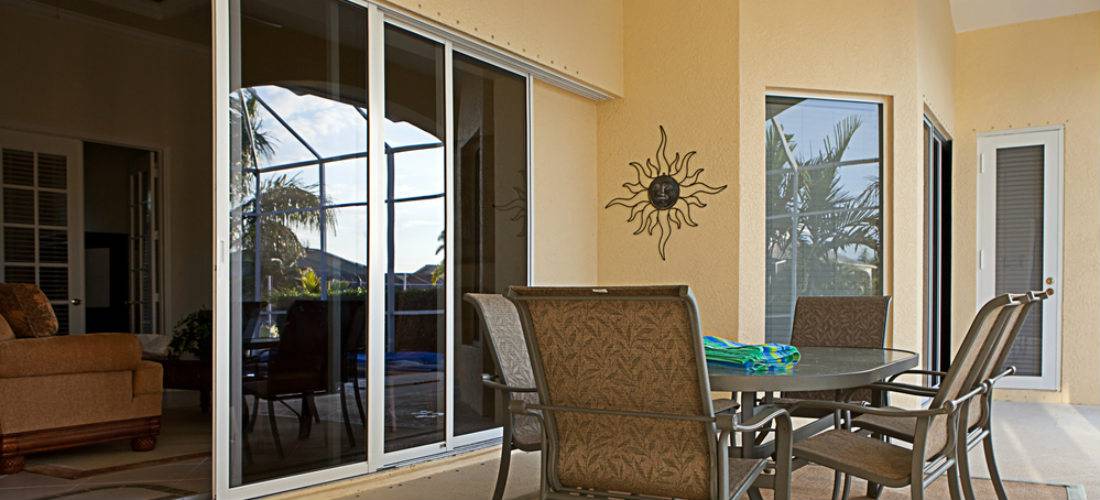A step-by-step guide to installing stucco siding on your house
Stucco is a unique alternative to traditional wood, vinyl or aluminum. You can paint the stucco to match the design of your home, and you can change the look with a new coat of paint in the future. Before you install stucco siding, you need to consider the different tools and materials needed. The job is often fairly easy, making it possible for those with limited construction experience to do the job on their own.

Install stucco siding
Unlike traditional siding, which comes in large sheets that you attach to the walls, stucco is a powdered material that you mix with water before placing on the walls. Depending on how you hold your trowel, you can create different designs in the wet stucco. Stucco siding prices are often lower than those of vinyl or wood siding, and you can cut down your costs even further by doing the job yourself. If you find that the various steps seem a little too complicated, contact a stucco siding contractor in your area. The contractor can offer stucco siding estimates, letting you see how much the job costs before you begin.
 The first step in the process involves cleaning the wall. Any dirt or debris left on the surface can prevent the stucco from properly bonding to the surface. If you have wood walls, you need to use chicken wire or mesh netting over a layer of roofing felt. For brick and concrete walls, you need a concrete bonding agent. These materials help the stucco stick to the wall. After cleaning the walls and applying the proper materials, you need to mix the powdered stucco with water, following the ratio that the manufacturer specifies.
The first step in the process involves cleaning the wall. Any dirt or debris left on the surface can prevent the stucco from properly bonding to the surface. If you have wood walls, you need to use chicken wire or mesh netting over a layer of roofing felt. For brick and concrete walls, you need a concrete bonding agent. These materials help the stucco stick to the wall. After cleaning the walls and applying the proper materials, you need to mix the powdered stucco with water, following the ratio that the manufacturer specifies.
Dip your trowel in the stucco mixture, and apply a one-half inch layer of stucco onto the wall. Cover the entire wall with the stucco, and while it is still wet, run a plasterer's rake across the stucco every one-quarter inch. Let the stucco dry until it feels slightly tacky, and then add a second layer of stucco to the wall. This layer should be around one-half-inch thick. You can also run your trowel across the surface to create different designs while the stucco is wet. If you want colored stucco, you can either add a tinted material to the stucco before applying the top coat or paint the stucco after it dries for at least six weeks. Even after painting or using tinted stucco, you might find that the stucco siding costs are less than those of vinyl or wood siding.
There are hundreds of different ways to use stucco siding. You can use tinted stucco to create a neutral look, or you can paint the stucco for a deeper or bolder look. QualitySmith can help you learn the different ways of holding the trowel to create a decorative design, and it can also assist you when you are looking for a contractor to install stucco siding while you are at work or running errands.













Write a Comment